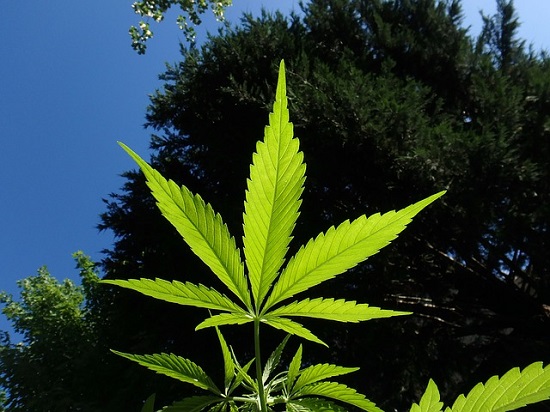As cannabis marketing experts, we know that most of the talk around cannabis focuses on how it relieves pain, lowers anxiety, and lessens seizures from epilepsy.
But does cannabis help glaucoma?
Interestingly, the first study that looked at weed and its impact on glaucoma was published the prestigious Journal of the American Medical Association in 1971. The jury is still out on whether it helps though.
What Is Glaucoma?
In a nutshell, glaucoma is a pretty common eye condition – especially in older adults. The disease damages the optic nerve and causes the sufferer’s field of vision to shrink. This darkens peripheral vision and if left untreated, the nerve can completely stop functioning and lead to blindness.
There are several different types of glaucoma, which we won’t go into detail here. But suffice it to say, every version is no joke.
The Breakdown on Cannabis
Marijuana is most often associated with THC. But it’s so much more than that. The complex plant is comprised of nearly 400 compounds and research is only now just starting to tap into the effects that all offer. Even so, researchers looking at medical uses for marijuana focus on the effects of delta-9-tetrahydrocannabinol (THC) and cannabidiol (CBD).
Both THC and CBD appear to have neuroprotective effects that help felt the above mentioned symptoms. Of the two THC is the only one that offers psychoactive effects. CBD does not.
The body’s endocannabinoid system includes cannabinoid receptors around the eyes. At this point, however, it’s not entirely clear if these receptors have positive, negative, or really no effects.
Early Studies
Way back in the 1970s, a team of researchers discovered that marijuana could rapidly lower intraocular eye pressure (IOP). For folks with open-angle glaucoma, it offered temporary relief. And for those with acute glaucoma, it could buy them some time.
The problem was, it was short-lived. Within three hours, IOP levels increased again.
At the time, however, there was little known about the other cannabinoids in the plant. And research was restricted because it was illegal everywhere in the country. Thus, they couldn’t look at the most effective forms of administration.
Today, we have more information.
So Does Cannabis Help Glaucoma?
Since 2006, there have been several studies that compared the effects of THC and CBD on eye pressure. They found that THC could lower IOP by up to 40% when smoked, inhaled, or ingested. Anti-glaucoma meds have the same results.
But THC makes patients high. Not everybody likes this. Plus, once again, the results are short-lived. THC would need to be administered every hour or two. It’s just not realistic for patients to be constantly on THC if they want to function.
CBD, on the other hand, seems to increase pressure in the eyes. That means that CBD should never be used for glaucoma.
Thus, at this point, cannabis doesn’t seem to be an ideal medicine for treating glaucoma for any more than temporary relief.
The Research Is Always Changing
Right now, the answer to does cannabis help glaucoma seems to be a murky ‘not really.’ At the end of the day though, who knows?
Over time as we get to know more about all of the other cannabinoids and how they interact with one another, that could all change.
In the meantime, if you want more stories on the latest in the cannabis industry, keep checking back with our blog!
